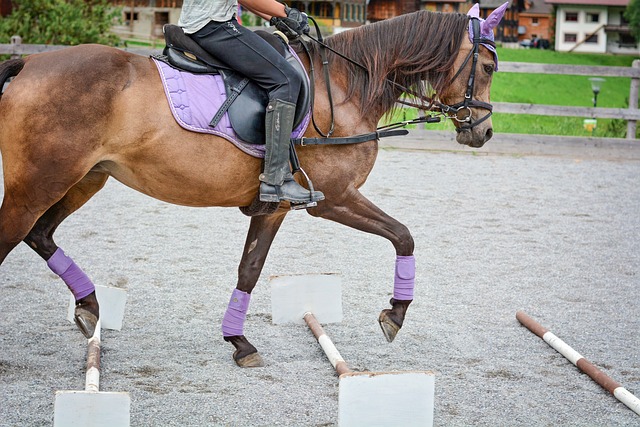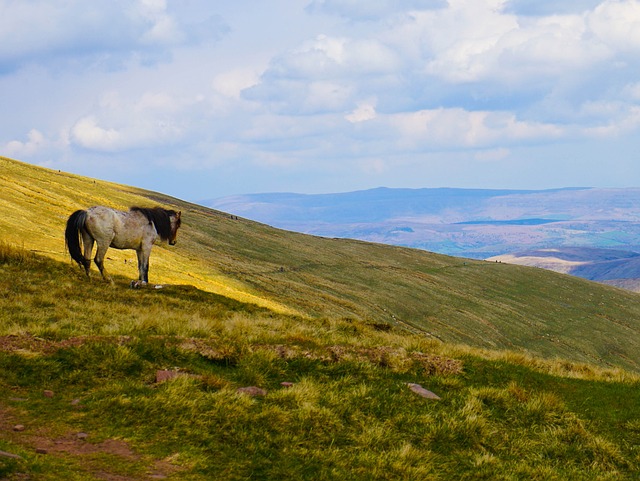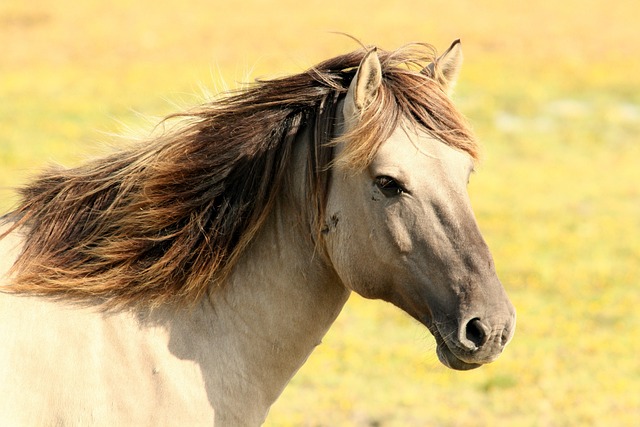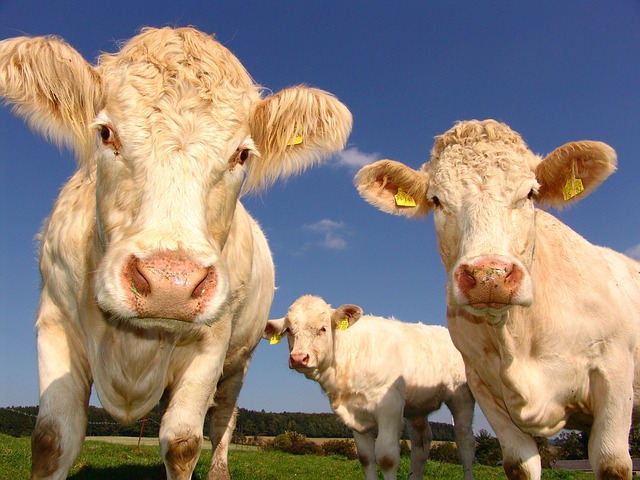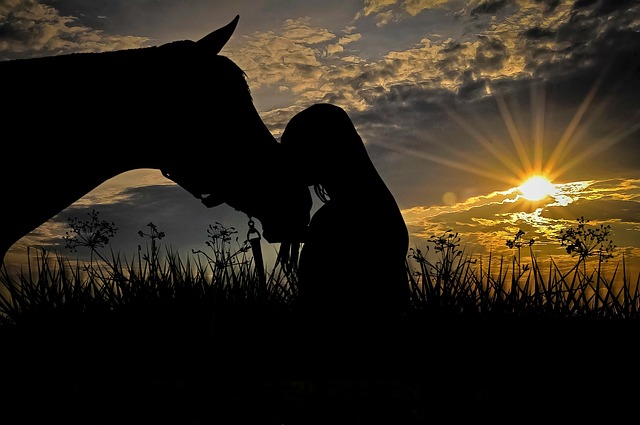
The Benefits of Horseback Riding for Mental Health
April 17, 2023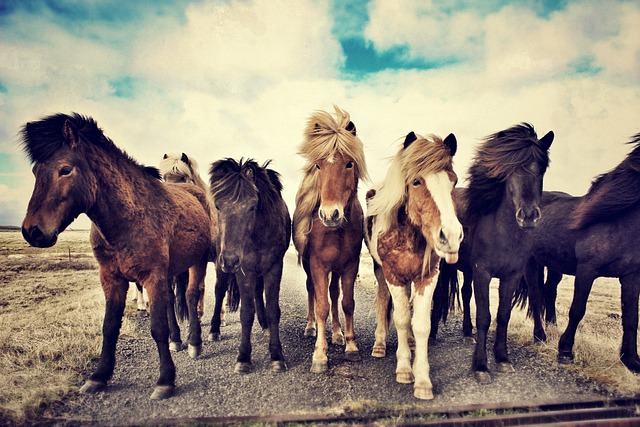
The Best Horse Breeds for Beginners
April 17, 2023As a rider, understanding the different gaits of a horse is essential for proper technique and control. Each gait has its own unique characteristics, including speed, rhythm, and stride length. In this blog post, we’ll break down the four main gaits (walk, trot, canter, and gallop) and discuss how they differ from each other.
The walk is the slowest gait, with the horse’s legs moving in a four-beat pattern. Each leg moves independently, with the front and hind legs on each side of the horse moving together. The walk is a comfortable gait for riders and is often used for warm-up and cool-down periods.
The trot is a two-beat gait, with the horse’s diagonal legs moving together. The front left leg and hind right leg move together, followed by the front right leg and hind left leg. The trot is faster than the walk and can be a bouncy gait for riders to learn to sit comfortably.
The canter is a three-beat gait, with the horse’s legs moving in a specific sequence. The horse starts with a single beat of the left hind leg, followed by a diagonal beat of the right hind leg and left front leg. Finally, the right front leg completes the third beat. The canter is faster than the trot and can be difficult for riders to learn to sit properly.
The gallop is the fastest gait, with the horse’s legs moving in a four-beat pattern. The horse begins with a single beat of the hind legs, followed by a diagonal beat of the hind and front legs on one side of the horse. Finally, the horse completes the fourth beat with the front legs on the other side of the horse. The gallop is a thrilling gait to ride, but it requires a significant amount of skill and control.
It’s important for riders to understand each gait in order to ride effectively and safely. In addition to understanding the different gaits, riders should also be aware of signs that a horse may be in pain or discomfort during a gait. For example, if a horse is limping or moving unevenly, it may be experiencing pain or discomfort.
To master each gait, riders should focus on maintaining proper balance and position in the saddle. Proper use of leg and rein aids can also help encourage the horse to move correctly in each gait. With practice and patience, riders can learn to control each gait and develop a strong partnership with their horse.

